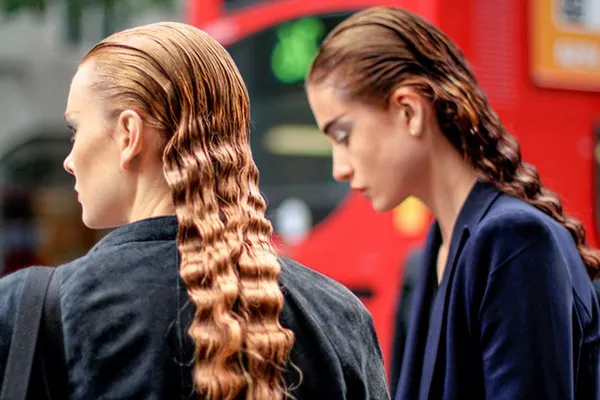Curly hair is a captivating and diverse hair type that is found among people of different ethnicities worldwide. The texture and pattern of curly hair can vary significantly, and it is influenced by genetic, environmental, and cultural factors. In this article, we will explore the prevalence of curly hair among various ethnic groups, the genetic basis of curly hair, and the cultural significance of curly hair in different societies.
1. Curly Hair Across Ethnicities
Curly hair is not limited to a specific ethnic group; instead, it is prevalent among people of diverse backgrounds. Individuals of African, European, Asian, Indigenous, and Middle Eastern descent can all possess curly hair. The degree of curliness and hair patterns, however, can differ among these ethnicities.
2. Genetic Basis of Curly Hair
The texture of an individual’s hair is determined by the shape of the hair follicles and the presence of disulfide bonds within the hair shaft. The presence of tightly coiled follicles and more disulfide bonds leads to curlier hair, while straight hair has fewer of these bonds. Genetic variations in specific genes, such as the trichohyalin and EDAR genes, have been linked to curly hair traits.
3. Curly Hair in African Ethnicities
Curly hair is a common trait among many African ethnicities. African hair is often characterized by tight coils and can range from fine and delicate to coarse and thick. This hair type has unique styling requirements and is celebrated for its versatility and ability to hold intricate hairstyles.
4. Curly Hair in European Ethnicities
Curly hair is also prevalent among European ethnicities, particularly in regions with mixed genetic backgrounds. European curly hair can vary from loose waves to tighter curls, and individuals with this hair type often use a wide range of products and techniques to maintain their curls or achieve a straightened look.
5. Curly Hair in Asian and Middle Eastern Ethnicities
While straight hair is more common among many Asian and Middle Eastern ethnicities, there are regions where individuals with curly hair can be found. In parts of South Asia, Central Asia, and the Middle East, some people have naturally curly hair, reflecting the genetic diversity of these populations.
6. Cultural Significance of Curly Hair
Curly hair holds cultural significance in many societies. In some African and Afro-descendant communities, curly hair is a symbol of pride and heritage. Traditional hairstyles and grooming practices are passed down through generations, reflecting cultural identity and beauty ideals.
7. Hair Care and Styling for Curly Hair
Curly hair requires specific care and styling approaches to maintain its health and appearance. Moisturizing products, wide-tooth combs, and diffusers are common tools used by those with curly hair to enhance and define their natural curls.
8. Challenges and Misconceptions
While curly hair is celebrated by many, individuals with curly hair often face challenges, including social stigmas and stereotypes. Some may experience hair discrimination in certain environments, leading to a broader conversation about hair diversity and inclusivity.
9. Embracing Curly Hair Diversity
The appreciation of curly hair diversity is growing, with more representation in the media and beauty industry. Embracing and celebrating curly hair in all its forms fosters a more inclusive and accepting society.
Conclusion
Curly hair is a global phenomenon that can be found among people of various ethnicities. Its unique texture and patterns are influenced by genetic factors and cultural practices. As individuals from different backgrounds proudly embrace their natural curls, the appreciation for curly hair diversity continues to grow. Understanding the prevalence and significance of curly hair across different ethnic groups can help break stereotypes and promote a more inclusive and diverse representation of beauty. Embracing and celebrating curly hair in all its forms empowers individuals to embrace their natural beauty and cultural heritage, contributing to a more accepting and understanding society.

